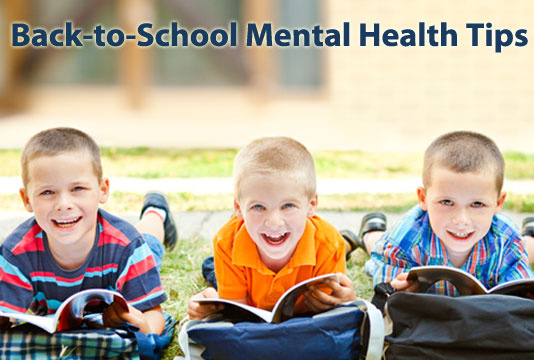It’s the beginning of a new school year for many students and families and that means a lot of excitement and challenges as parents and children adjust for new schedules and heavy workloads. Springing back into gear after a summer of rest is not always easy. But with some guidance and a little flexibility parents and kids can be sure to have a smooth transition. Here are a few tips to ease the transition for both kids and parents:
Ease into the routine – Switching from a summer to a school schedule can be stressful to everyone in the household. Avoid first-day-of-school mayhem by practicing your routine a few days in advance. Routines help children feel comfortable, and establishing a solid school routine will make the first day of school go much smoother.
Check in with your child – Make sure to regularly check in with your child to see how they’re doing with the return to school. Practicing active listening when they talk about peers, schoolwork, and extracurricular activities can provide clues on how they are feeling and progressing.
Do your homework – Find out about homework assignments and school functions to see if any help is needed. If it’s not something with which you’re able to help, turn to your network of family, friends, and school tutoring options. Check to see if your child has brought home anything from school that you need to read/sign & return.
Communicate – Talk to your child’s teacher or school staff in order to learn about their academic plan for the year. The more information you have will lessen anxiety all around. Make time to spend together and talk as a family, where you can encourage your child to share the ups and downs of their time at school.
Get them involved – If you feel that your child is not thriving socially at school, get them involved in a team or individual sport or other activity in or outside of school. These new groups will provide an emotional buffer for your child. Outside involvement will provide the child an opportunity to increase their self-esteem and make connections with others.
Make time for ‘P.D.F.’ – Playtime, Downtime, and Family time provides a much-needed reprieve from the stressors at school. Having it scheduled at a routine time ensures that children understand when it is time for work, and when it is time for fun.
Eat! – Fuel up to ensure each child is energized and focused. Fed students are better students!



